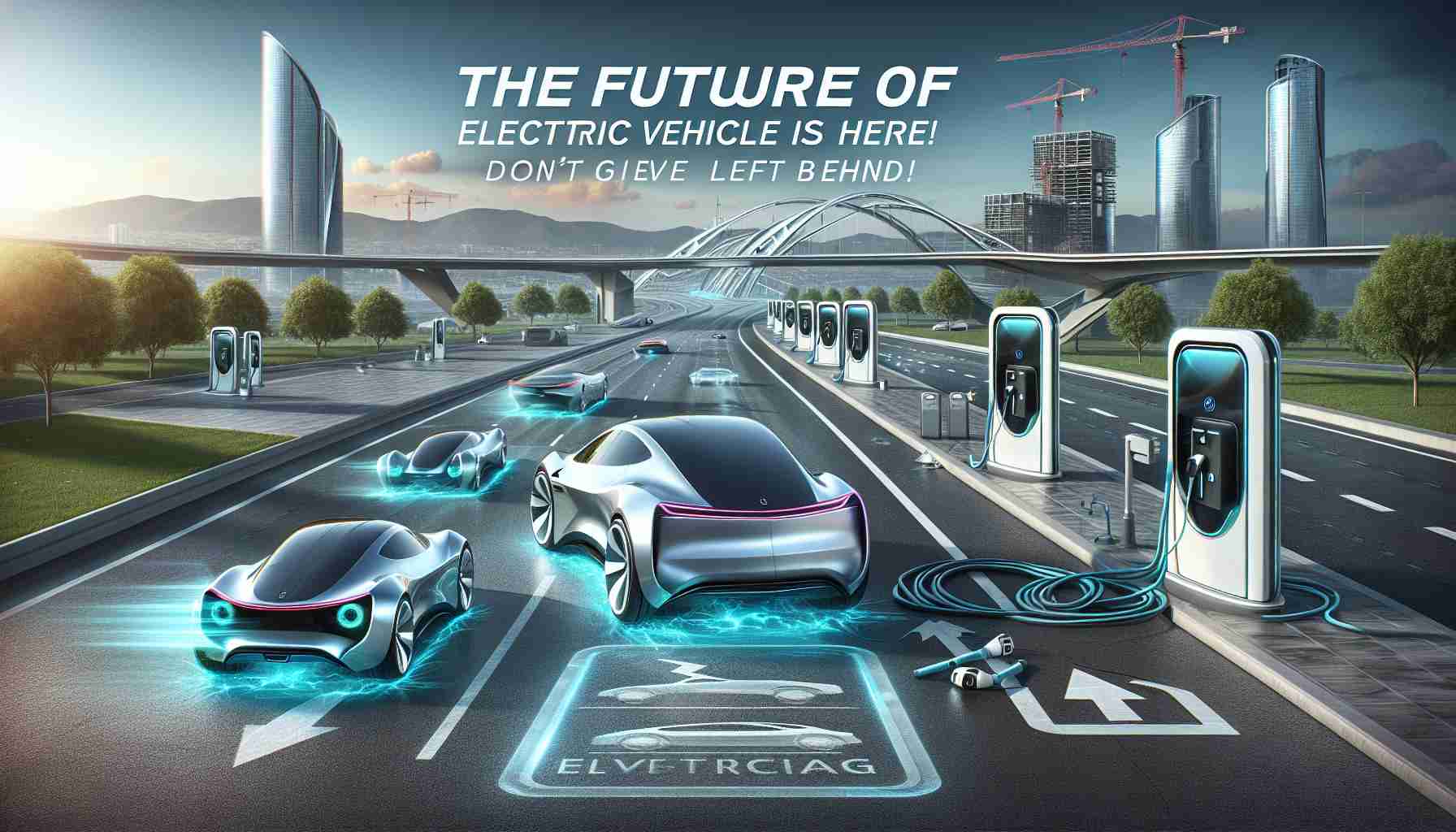
Market Insights into Battery Energy Storage Systems for EVs
The Battery Energy Storage System (BESS) market for electric vehicles (EVs) is on an upward trajectory, projected to escalate from $3.1 billion in 2023 to $38.9 billion by 2034, exhibiting an impressive compound annual growth rate (CAGR) of 25.6%. This surge is primarily attributed to the increasing adoption of electric vehicles, significant technological advancements in battery solutions, and the pressing need for efficient energy storage to enhance EV functionality.
As electric vehicles are becoming an essential part of the global transportation landscape, the demand for effective battery systems has never been higher. These systems are vital for powering EVs efficiently, supporting longer ranges, and improving overall vehicle reliability. The leading regions driving this growth are Asia Pacific, North America, and Europe, bolstered by strong governmental support and the rapid development of EV infrastructure.
BESS technology incorporates features such as high energy density, rapid charging, and enhanced safety protocols, ensuring that EVs can operate effectively. The industry is supported by major players like Tesla, BYD, and Panasonic, who are innovating continuously to meet rising consumer expectations.
As concerns over carbon emissions increase, the shift towards clean transportation solutions—powered by advanced battery technologies—shows promising prospects for the future of mobility. The path ahead for BESS in the EV market appears exceedingly bright.
The Future of Battery Energy Storage Systems: Innovations and Trends in EVs
Overview of Battery Energy Storage Systems (BESS) for EVs
The market for Battery Energy Storage Systems (BESS) tailored for electric vehicles (EVs) is witnessing explosive growth, highlighted by a projected increase from $3.1 billion in 2023 to $38.9 billion by 2034. This remarkable shift corresponds to a 25.6% compound annual growth rate (CAGR), driven primarily by the rising demand for electric vehicles and technological advancements in battery technology.
Innovations and Features
Recent innovations in BESS technology focus on improving energy density, charging speed, and safety measures. Some key advancements include:
– Solid-state batteries: Offering higher energy densities and enhanced safety compared to traditional lithium-ion batteries, solid-state technology is poised to transform EV energy storage.
– Fast charging solutions: Developments in ultra-fast charging technology allow EVs to recharge in significantly less time, addressing range anxiety and improving consumer convenience.
– Battery Recycling Technologies: Focus on sustainability has led to technologies that recycle batteries, reclaiming valuable materials and reducing environmental impact.
Pros and Cons of BESS in EVs
Pros:
– Extended Range: High energy density allows for longer driving ranges per charge.
– Sustainability: Contributes to reduced carbon emissions with cleaner energy technologies.
– Improved Safety: Advanced safety features help prevent battery failures and hazards.
Cons:
– Cost: Cutting-edge battery technologies can be expensive, impacting the overall vehicle price.
– Battery Degradation: Over time, batteries may lose capacity, leading to shorter ranges and potential replacement costs.
– Resource Competition: The demand for resources like lithium and cobalt can create competition and ethical concerns in the supply chain.
Market Trends and Insights
1. Regional Growth: Regions such as Asia Pacific, North America, and Europe are leading the charge in BESS advancements, primarily due to robust government incentives and infrastructure investments.
2. Increased Adoption of Renewable Energy: The push toward integrating renewable energy sources with BESS systems marks a growing trend in making electric vehicles even more sustainable.
3. Collaboration Across Industries: Partnerships between automakers, tech companies, and energy providers are forming to advance battery technologies and expand charging networks.
Limitations and Challenges
Despite promising growth, several obstacles remain:
– Supply Chain Issues: The sourcing of raw materials for battery manufacturing may face disruptions, impacting production timelines.
– Regulatory Hurdles: Navigating varying government regulations on battery production and recycling can complicate market entry for new firms.
– Consumer Education: As technologies evolve, educating consumers on battery technologies and their benefits remains a challenge.
Pricing Overview
Pricing for advanced BESS varies depending on the technology and capacity. While traditional lithium-ion systems have become more affordable, cutting-edge options like solid-state batteries currently carry a premium. Cost forecasts suggest that as manufacturing scales and technology matures, prices may decrease, making these systems more accessible to consumers.
Future Predictions
As the market develops, the focus on sustainable energy solutions and enhancements in battery technologies is expected to drive robust growth. By 2034, the integration of BESS in EVs may lead to transformative changes in not just transportation, but also energy consumption patterns at large.
For more insights on the electric vehicle market, visit Electric Vehicles.



